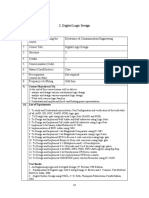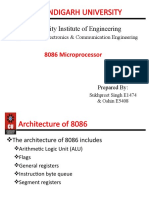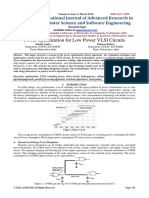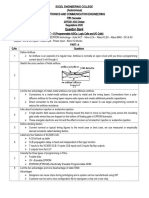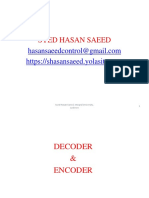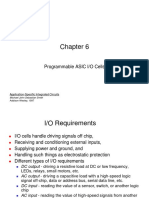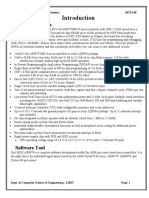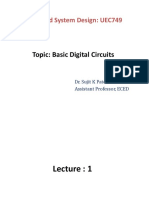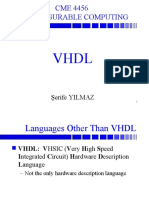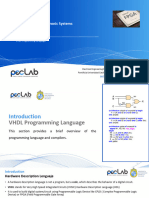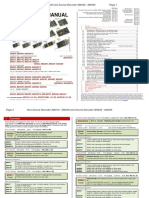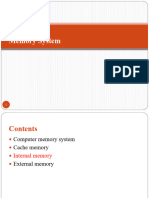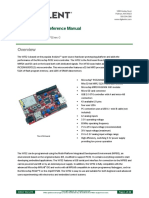100% found this document useful (1 vote)
228 views4 pagesHardware Description Language
VHDL is a hardware description language used to model and simulate digital hardware systems. It allows modeling systems at varying levels of abstraction from logic gates up. Key constructs include being able to describe systems concurrently and having libraries of standard components. Common components that can be modeled in VHDL include logic gates, multiplexers, flip-flops, and counters.
Uploaded by
duttbhuwan2020Copyright
© © All Rights Reserved
We take content rights seriously. If you suspect this is your content, claim it here.
Available Formats
Download as PDF, TXT or read online on Scribd
100% found this document useful (1 vote)
228 views4 pagesHardware Description Language
VHDL is a hardware description language used to model and simulate digital hardware systems. It allows modeling systems at varying levels of abstraction from logic gates up. Key constructs include being able to describe systems concurrently and having libraries of standard components. Common components that can be modeled in VHDL include logic gates, multiplexers, flip-flops, and counters.
Uploaded by
duttbhuwan2020Copyright
© © All Rights Reserved
We take content rights seriously. If you suspect this is your content, claim it here.
Available Formats
Download as PDF, TXT or read online on Scribd
/ 4
















